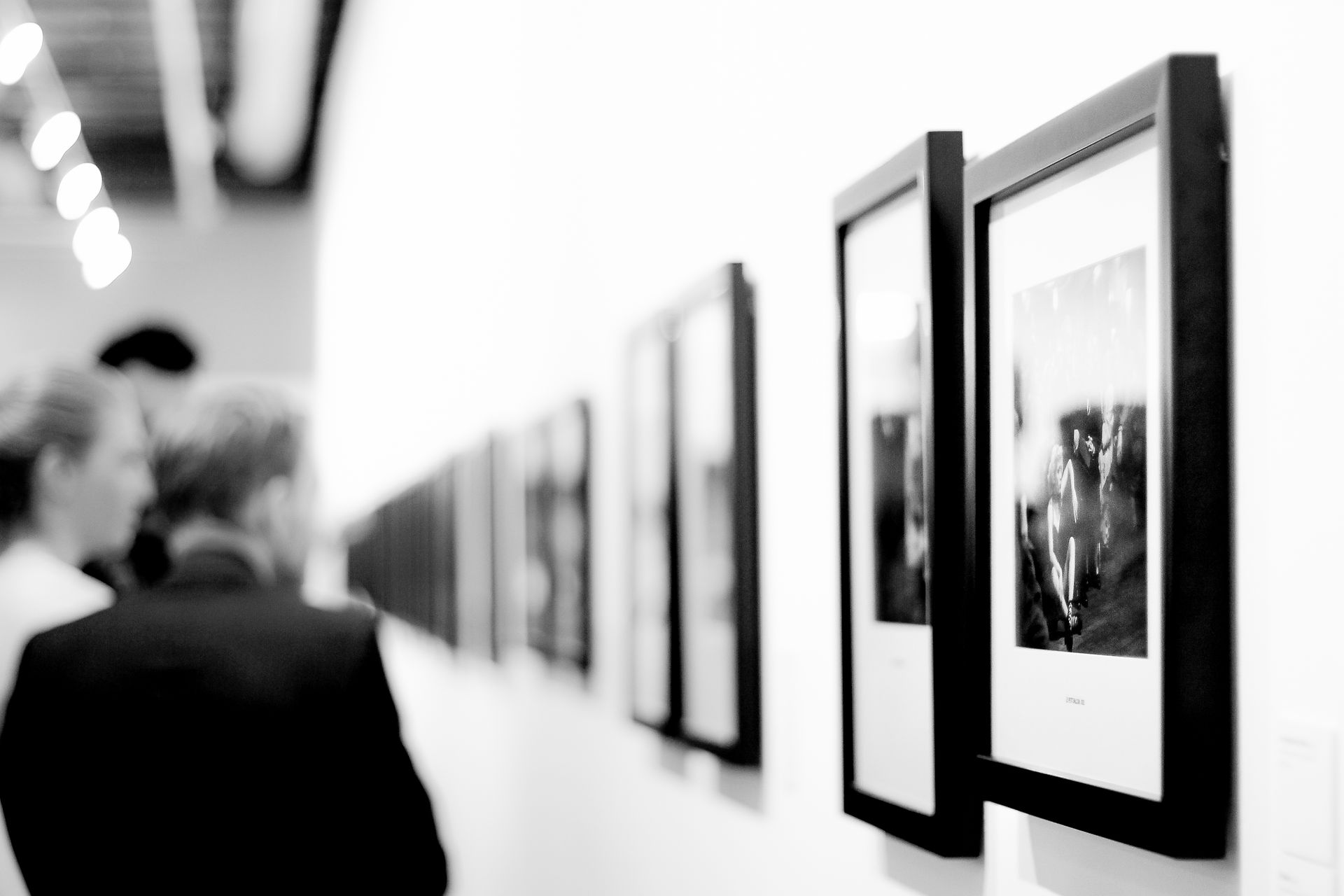Artists Are Their Own Worst Enemy
- Art Connective

- Aug 15
- 4 min read

Ah, the life of an artist. To those not involved in the arts, it might appear enchanting and distinctive from the outside. They think artists live a life of creating, lounging, and having the freedom to do what they want. For those of us who are artists or have worked in the arts, it is anything but that.
What is being an artist really like? When I refer to artists in this post, I am referring to working artists who are actively showing and selling their artwork. They want to or are doing this as a profession vs the hobby artist who does it as a stress relief or just for fun.
Ok, now that we have that out of the way, let's talk more about the working artist and how they often end up being their own worst enemy. This requires a deeper look at what this means.
What does it mean to be your own worst enemy?
This phrase often encapsulates the complex and sometimes painful reality of self-sabotage, where an individual’s thoughts, beliefs, and behaviors undermine their potential for success and happiness. It suggests that the greatest obstacles one faces are not external challenges or adversaries, but rather the internal struggles that can manifest in various forms, such as negative self-talk, procrastination, or fear of failure.
When we relate this to the artist, how could artists be doing this? Some examples include: not following directions that are provided to them, waiting until the last minute to enter a call for art, grant, or residency, and missing deadlines due to a lack of organization.

Now let's dive deeper into the concept, being your own worst enemy can involve a range of psychological factors.
For instance, individuals may grapple with low self-esteem, which can lead to a belief that they do not deserve success or happiness. This internal narrative can prompt them to make choices that reinforce their feelings of inadequacy, such as avoiding opportunities or sabotaging relationships. Furthermore, cognitive distortions, such as catastrophizing or all-or-nothing thinking, can exacerbate these tendencies, leading individuals to perceive situations in an overly negative light and thus act against their interests.
For artists, this comes into play often. Artists who attach themselves to their artwork are setting themselves up for disappointment. By attaching it means they equate the success of their art to their inner person. It's the idea that I made this, and if others don't like what I make, that means they don't like me. An example of this could be: My art didn't sell at an opening reception; therefore, it isn't as good as the other work in the show, and deep down, the thought is I am not good enough.
Additionally, emotional regulation plays a crucial role in this dynamic. People who struggle to manage their emotions might find themselves reacting impulsively or engaging in self-destructive behaviors when faced with stress or disappointment. This can create a vicious cycle: negative emotions lead to harmful actions, which in turn reinforce negative self-perceptions and further emotional distress. The implications of being your own worst enemy extend beyond individual experiences; they can affect personal relationships, career trajectories, and overall life satisfaction.

I have met many artists who struggle with emotional regulation. Some examples I have experienced with artists are the following: being passive-aggressive to try to get what they want, lashing out with name-calling, rude and disrespectful emails, causing a scene in the gallery, and thus being asked to leave, using their status or connection to others to manipulate, and no communication at all!
Do you think a gallery owner, curator, grant awarder, or teacher would want to work with someone who exhibits these behaviors? No! It doesn't matter what field of business you work in, this is unprofessional and unacceptable. Unfortunately, this is more prevalent within the arts, going back to the idea that artists create a fantasy version of what it means to be an artist, thinking they can do whatever they want, whenever they want. There still needs to be respect and structure in order to build relationships, which in turn help you build a career.
Someone who constantly doubts their abilities may miss out on new opportunities, and advice and guidance from those more experienced. Recognizing that they are their own worst enemy is often the first step towards change. It requires a level of self-awareness and honesty that can be challenging to achieve.
Once this recognition occurs, individuals can begin to explore strategies for overcoming their internal barriers. This might include seeking therapy, practicing mindfulness, or engaging in positive affirmations to counteract negative self-talk. Ultimately, transforming the mindset from self-sabotage to self-empowerment is a journey that can lead to profound personal growth and fulfillment.

Once you realize you have been your own worst enemy, you will start to see more opportunities and people who truly are there to help you. Be open to learning, listening, and putting into action the advice professionals give you. Remember when someone offers you help and support, that is a blessing; they do not have to share their expertise with you.
How do you feel after reading this post? Do you have some inner work to do? Are you able to separate business from personal? Take some time to ask yourself these hard questions and then take action to make a change.
The Art Connective offers resources to help you navigate the fine arts as a business from online courses, downloadable pdfs and portfolio reviews. Each purchase goes right back into maintaining the non-profit and being able to offer free art workshops to our local Big Brothers and Big Sisters program.




Comments